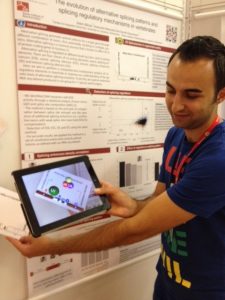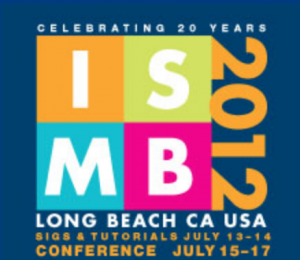
With everyone in a reflective mood as the year comes to a close, one of the big scientific trends of 2012 has obviously been the high profile that open-access and more open methods of carrying out science has received.

With everyone in a reflective mood as the year comes to a close, one of the big scientific trends of 2012 has obviously been the high profile that open-access and more open methods of carrying out science has received.

In the midst of a busy few weeks of European meetings, GigaScience is currently in Basel, where ECCB 2012 (the European Conference of Computational Biology) has just ended. Usually overshadowed by its bigger sibling: the ISMB (particularly when both meetings are in Europe and co-hosted), this was the first time that I had attended the stand-alone meeting and it more than justified being a stand-alone event.

As a project with the aim of revolutionizing data dissemination and use, on top of promoting open-access and open-data, open-source is a key part of the open-science equation, and this week GigaScience has been at the Bioinformatics Open Source Conference (BOSC2012 – program here) in Long Beach.
Research papers have been the predominant form of scholarly communication for the past few centuries, and despite moves towards online publication and open access, the process and structure of publication has not fundamentally changed in that time.

Lead by researchers at the University of Oxford, a group of more than 30 scientific organizations around the globe, have worked to produce a common standard that will make possible the consistent description of enormous and radically different databases compiled in fields ranging from genetics to stem cell science, to environmental studies.

Today marks the first day of the Chinese Lunar New Year, and as we enter the supposedly auspicious year of the Dragon now is a good opportunity to look towards developments in the nascent field of data publication over the upcoming year. This week marked important announcements of new and improved data publication platforms.
Latest stop on the GigaScience magical mystery conference tour is Science Online London, and this year they have tried to make the format more interactive by organizing several interactive workshops and breakout sessions, including one on blogging that this is posting is a product of. One of the main themes running through the meeting has of course been open science (especially in the great keynote by Michael Nielson), and open-data

Last week marked two important milestones in the deadly 2011 European E. coli 0104:H4 outbreak: the Robert Koch institute announcing the end of the outbreak, and the publication of several papers from the many groups sequencing the pathogen.